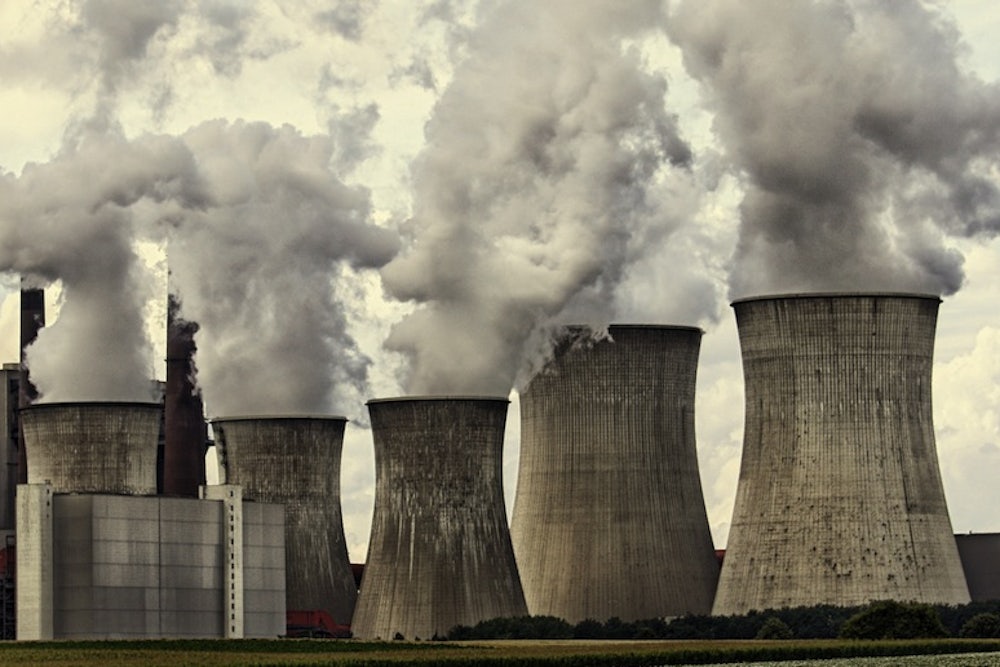Forget the bluster from fossil fuel groups and coal state representatives. And don’t pay so much attention to the administration’s bragging. The Environmental Protection Agency’s new rule about carbon pollution from power plants isn’t that stringent. That’s why major environmental groups, though pleased to see the new rule, are quietly pushing the Administration to make it even stronger before it becomes final. The planet, they say, can’t wait for progress.
Michael Grunwald wrote about this in Time Magazine last week. Grunwald, who has written extensively on environmental issues over the years, described himself as “underwhelmed” once he got a close look at the new regulations. The administration, he says, used some “bad arithmetic” and misjudged “the current pace of decarbonization in electricity.” Translation: Utilities are already well on their way to meeting those goals. For instance, the rule calls for a 30 percent reduction in carbon emissions from existing power plants. But the basis for that reduction is the levels in 2005, when emissions were much higher. Utilities are already halfway to their goal.
Of course, the rule doesn’t actually call for uniform reductions across the country. It sets different standards for each state. But a close look at those state numbers shows just easy it will be for some states to meet the proposed EPA targets.
There are four states that are already generating more renewable energy as part of their portfolio than what the EPA predicts:

Iowa, which has made leaps in wind energy, now produces a quarter of its electricity in renewables – a higher percentage than the administration’s standard. This happens because of how the EPA’s formulas work: The models plug in a regional average to estimate renewable energy and ignore what states are already doing.
According to Natural Resources Defense Council Director of Climate Programs David Hawkins, other states like Michigan are already well ahead of the EPA’s schedule on renewable energy and energy efficiency.
McCarthy has argued the carbon rule is also there to “set expectations” that can lead to international talks. And there’s some truth to that. The rule’s very existence is an unprecedented step in U.S. climate change policy—and it’s why environmental groups unanimously hailed it. But the environmental groups would still like to see a rule that stronger before the rule is finalized—like a 35 percent reduction from 2005 levels by 2020—even as they continue to defend the draft proposal from coal industry attacks.
In an interview with Grunwald, EPA Administrator Gina McCarthy acknowledged that the targets were not as aggressive as they could be. But, she said, merely setting the targets would encourage changes that, within the decade, could reduce emissions even more. “These numbers represent the minimum,” McCarthy said. “I think we’ll end up with a much more aggressive impact.” The folks in the environmental community are hoping she’s right.
